You are here
Back to topDurian Market and Production Continue To Grow
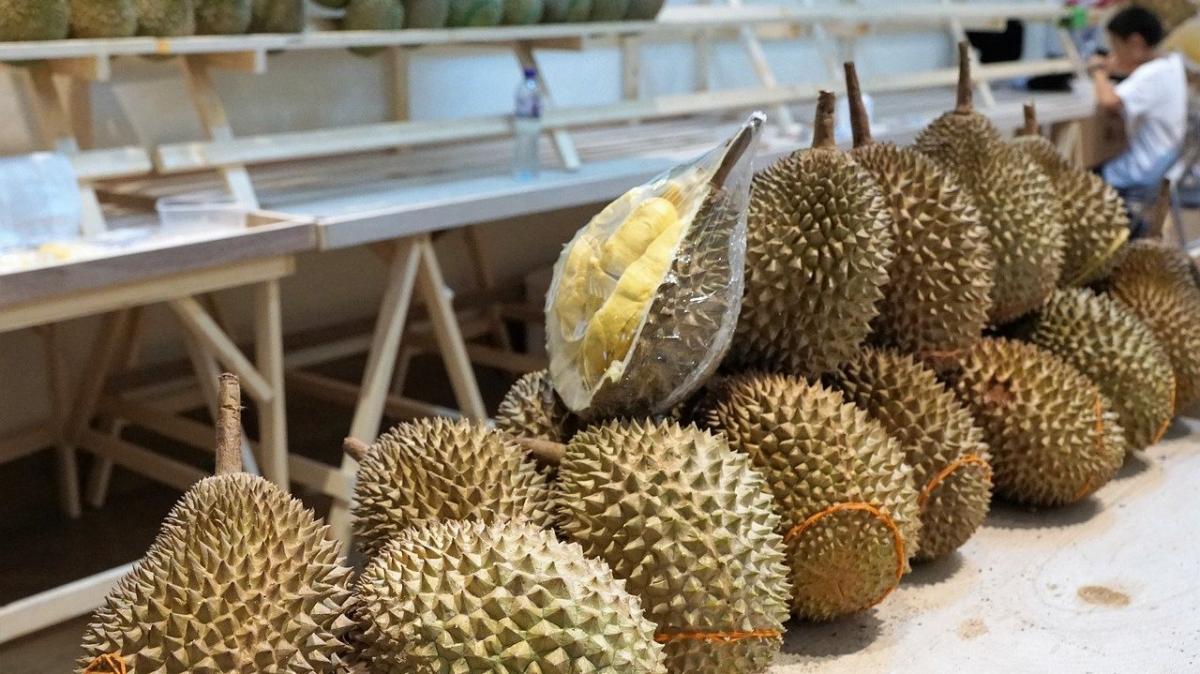
This month saw the 2020 edition of the Jiaxing International Fruit Conference, which was held on Nov. 3 in Jiaxing in Zhejiang province. At the event, Shen Weibin, business director of the Chia Tai subsidiary Guangzhou Youfu Trading Co. Ltd., delivered a presentation about the current durian market and production trends.
China’s imports and exports
In addition to being the world’s top fruit producer and a main exporter, China is also a major importer of fruits, with the majority of the country’s imports originating from Southeast Asia; Thailand in particular is China’s top source for imported fruit, accounting for over one-third of import volume. The Americas come in second, with large quantities of fruit imports coming from South America. According to official customs statistics, Guangdong province is China’s number one fruit importing region, with Shanghai taking second place. Cross-border trade from Vietnam and adjacent countries to Yunnan and Guangxi provinces also accounts for an estimated 50% of total fruit imports, not all of which are included in official statistics.
Durians, cherries, bananas and mangosteens are China’s top four imported fruits. Imports of avocados, dragon fruit and pineapples on the other hand have fallen slightly. Durians recently became the highest-valued imported fruit item in the first half of 2020, with durian imports between January and August reaching a total value of $1.97 billion, while bananas remain the top imported fruit in terms of volume.
Development of the Thai durian market
According to a 2016 estimate by the Chia Tai group, the trade volume for durians from Thailand, Malaysia and Indonesia is expected to reach 4.5 million tons by 2030. China’s durian market is also expanding rapidly, with most imported durians originating from Thailand. In fact, Thailand accounts for 95% of global durian exports, and the country’s total production volume in 2019 reached 795,084 tons. Although the most highly regarded durians come from four of Thailand’s eastern provinces, durians are also grown in 14 of the country’s southern provinces. Over 200 varieties of durian are produced in Thailand, among which the three most common are Monthong, Chanee and Gradum-tong, which account for 81%, 12% and 4% of Thai durian production, respectively. Purchase prices for Monthong durians have been steadily rising every year.
The Chinese durian market
Some of the major issues currently facing the Chinese durian market are the diversity of brands, large price differences, significant market fluctuations and irregular quality levels. There is also little standardization throughout the industry. The Chinese durian market can be divided into three levels: the highest level includes the five most-recognized brands, the middle level includes nearly 50 brands with high prices and decent name recognition and the lowest level includes over 200 brands that are often prone to low and fluctuating prices. Women are the primary consumers of durians alongside young people in general; consumers between the ages of 18 and 23 account for more than half of sales. Chinese durian consumption also includes derivative products such as durian pizza and durian cakes.
Image: Pixabay
This article was translated from Chinese. Read the original article.



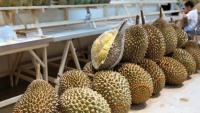
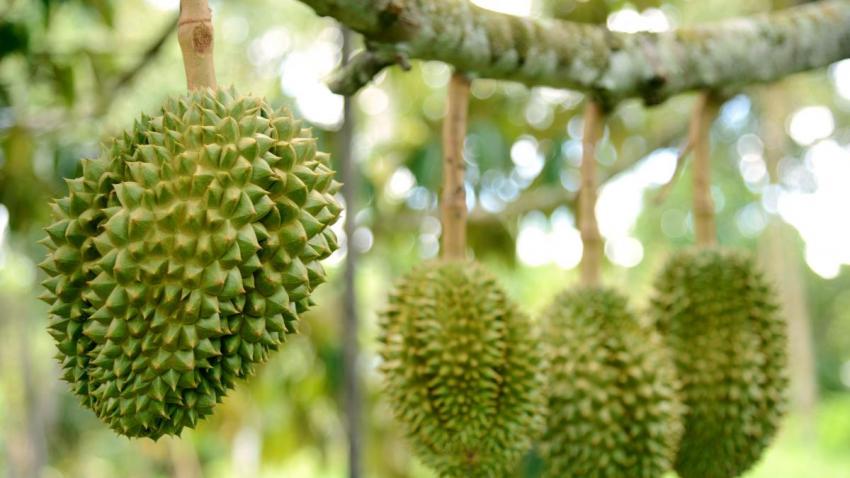
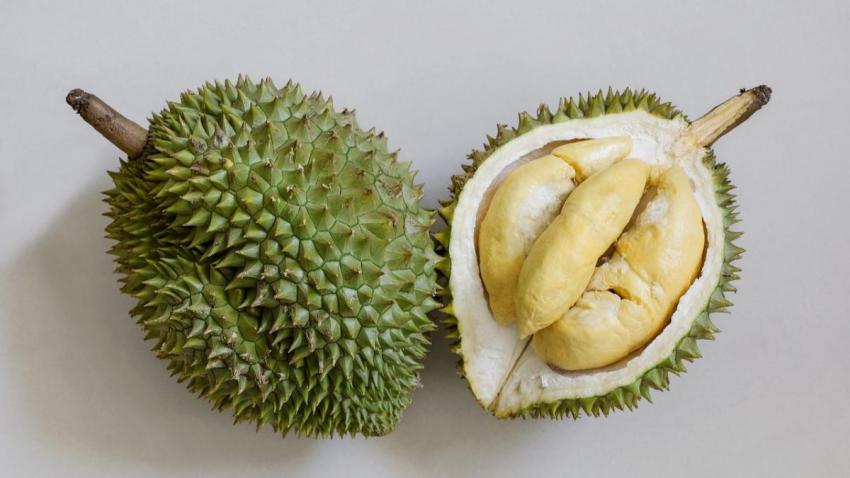
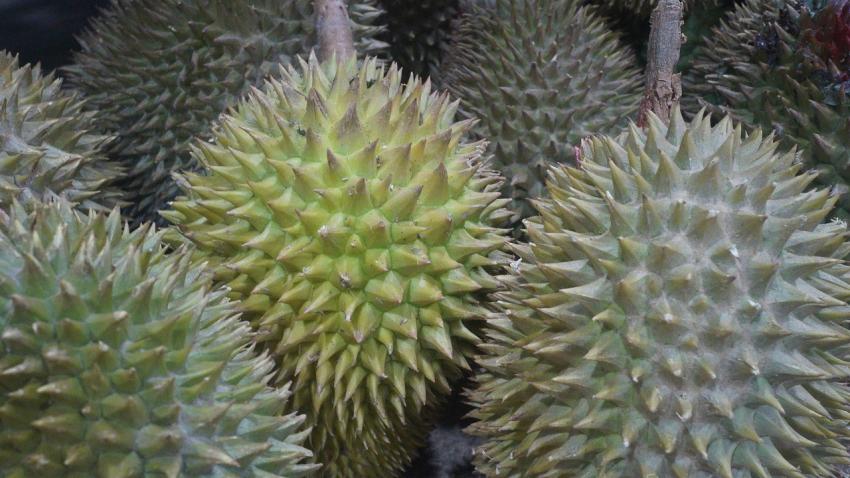
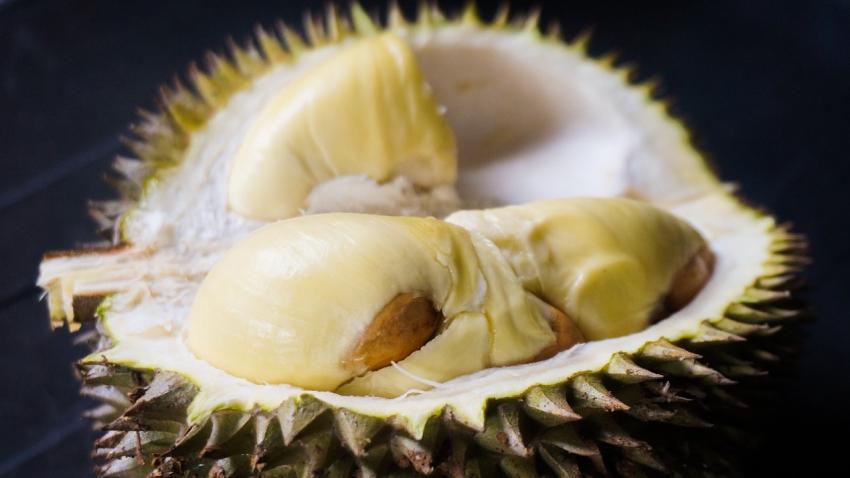






Add new comment